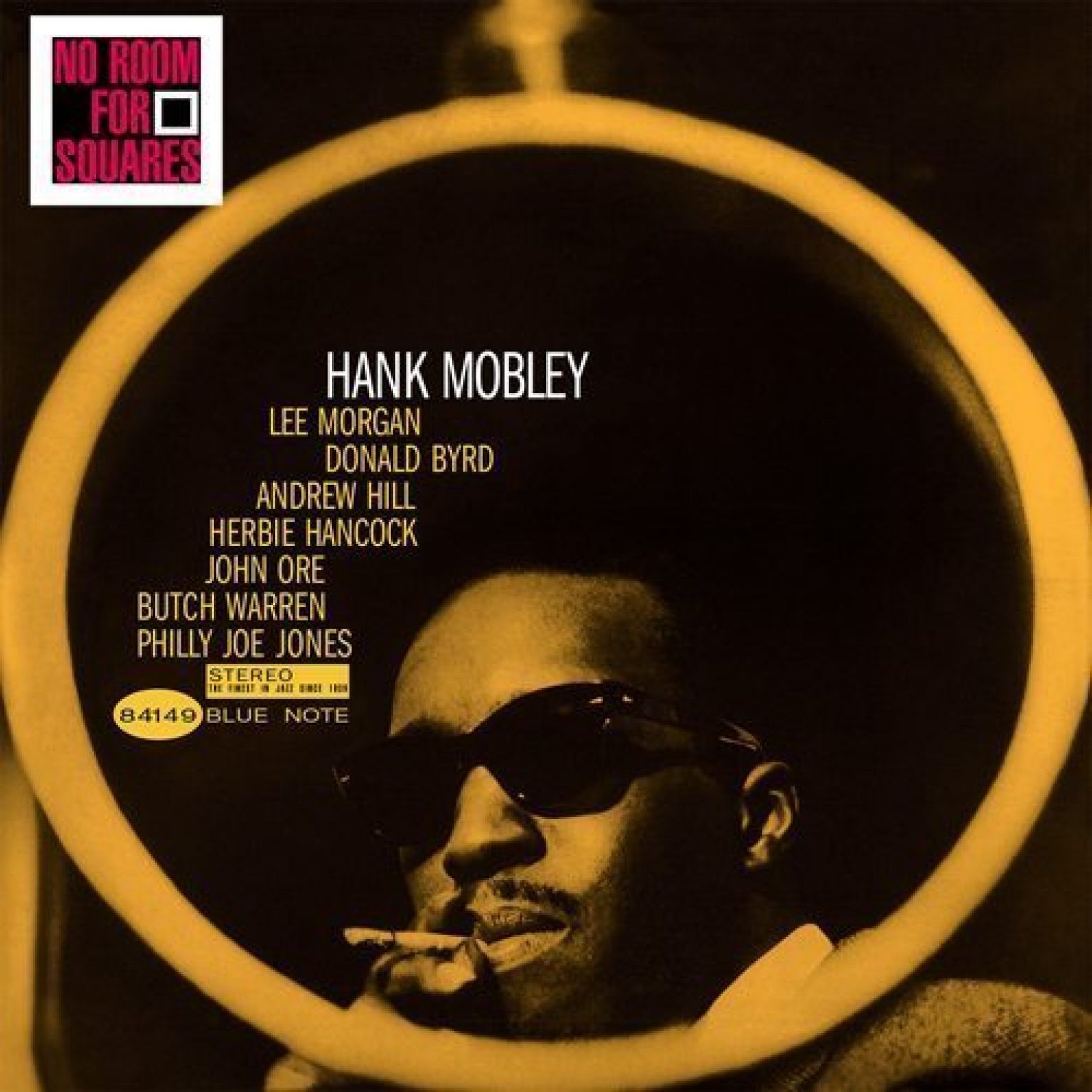

During the next decade he built a loyal following, entertaining dancers throughout the city (especially at Funky Butt Hall, which also doubled as a church, and at Johnson and Lincoln Parks). After playing briefly with Charley Galloway’s string band in 1894, Bolden formed his own group in 1895. The early development of jazz in New Orleans is most associated with the popularity of bandleader Charles "Buddy" Bolden, an "uptown" cornetist whose charisma and musical power became legendary. Just after the beginning of the new century, jazz began to emerge as part of a broad musical revolution encompassing ragtime, blues, spirituals, marches, and the popular fare of "Tin Pan Alley." It also reflected the profound contributions of people of African heritage to this new and distinctly American music.


During this time, the European classical legacy and the influence of European folk and African/Caribbean elements were merged with a popular American mainstream, which combined and adapted Old World practices into new forms deriving from a distinctive regional environment. The 1870s represented the culmination of a century of music making in the Crescent City. Throughout the nineteenth century, diverse ethnic and racial groups - French, Spanish, and African, Italian, German, and Irish - found common cause in their love of music. A Staggering Achievement." AMG Review By Steve Huey.Even before jazz, for most New Orleanians, music was not a luxury as it often is elsewhere–it was a necessity.
Jazz a collective improvisation rar free#
Jazz Had Long Prided Itself On Reflecting American Freedom And Democracy And, With Free Jazz, Coleman Simply Took Those Ideals To The Next Level. Despite Resembling The Abstract Painting On The Cover, It Wasn't Quite As Radical As It Seemed The Concept Of Collective Improvisation Actually Had Deep Roots In Jazz History, Going All The Way Back To The Freewheeling Early Dixieland Ensembles Of New Orleans. Still, The Album Was Enormously Controversial In Its Bare-bones Structure And Lack Of Repeated Themes. That Means There Are Still Elements Of Convention And Melody In The Individual Voices, Which Makes Free Jazz Far More Accessible Than The Efforts That Followed Once More Of The Jazz World Caught Up. Since There Was No Road Map For This Kind Of Recording, Each Player Simply Brought His Already Established Style To The Table.
Jazz a collective improvisation rar plus#
The Six Spotlight Sections Feature Each Horn In Turn, Plus A Bass Duet And Drum Duet The "Soloists" Are Really Leading Dialogues, Where The Other Instruments Are Free To Support, Push, Or Punctuate The Featured Player's Lines. The Rhythm Sections All Play At Once, Anchoring The Whole Improvisation With A Steady, Driving Pulse.

The Lineup Was Expanded To A Double-quartet Format, Split Into One Quartet For Each Stereo Channel: Ornette, Trumpeter Don Cherry, Bassist Scott Lafaro, And Drummer Billy Higgins On The Left Trumpeter Freddie Hubbard, Bass Clarinetist Eric Dolphy, Bassist Charlie Haden, And Drummer Ed Blackwell On The Right. Aside From A Predetermined Order Of Featured Soloists And Several Brief Transition Signals Cued By Coleman, The Entire Piece Was Created Spontaneously, Right On The Spot. Ornette Coleman's Music Had Already Been Tagged "Free," But This Album Took The Term To A Whole New Level. "As Jazz's First Extended, Continuous Free Improvisation Lp, Free Jazz Practically Defies Superlatives In Its Historical Importance. Cover Shows Some Light Wear, With Lamination Lifting/Splitting On Jacket Mouth Edge Front & Back, One Tiny Tear On Die-Cut Border. "Stereo" On Cover Has Been Filled In With Black Paint, Which Is Fading. 1968 Red & Green Label Presswell Reissue, Housed In Die-Cut Original Gatefold Cover & Company Inner.


 0 kommentar(er)
0 kommentar(er)
